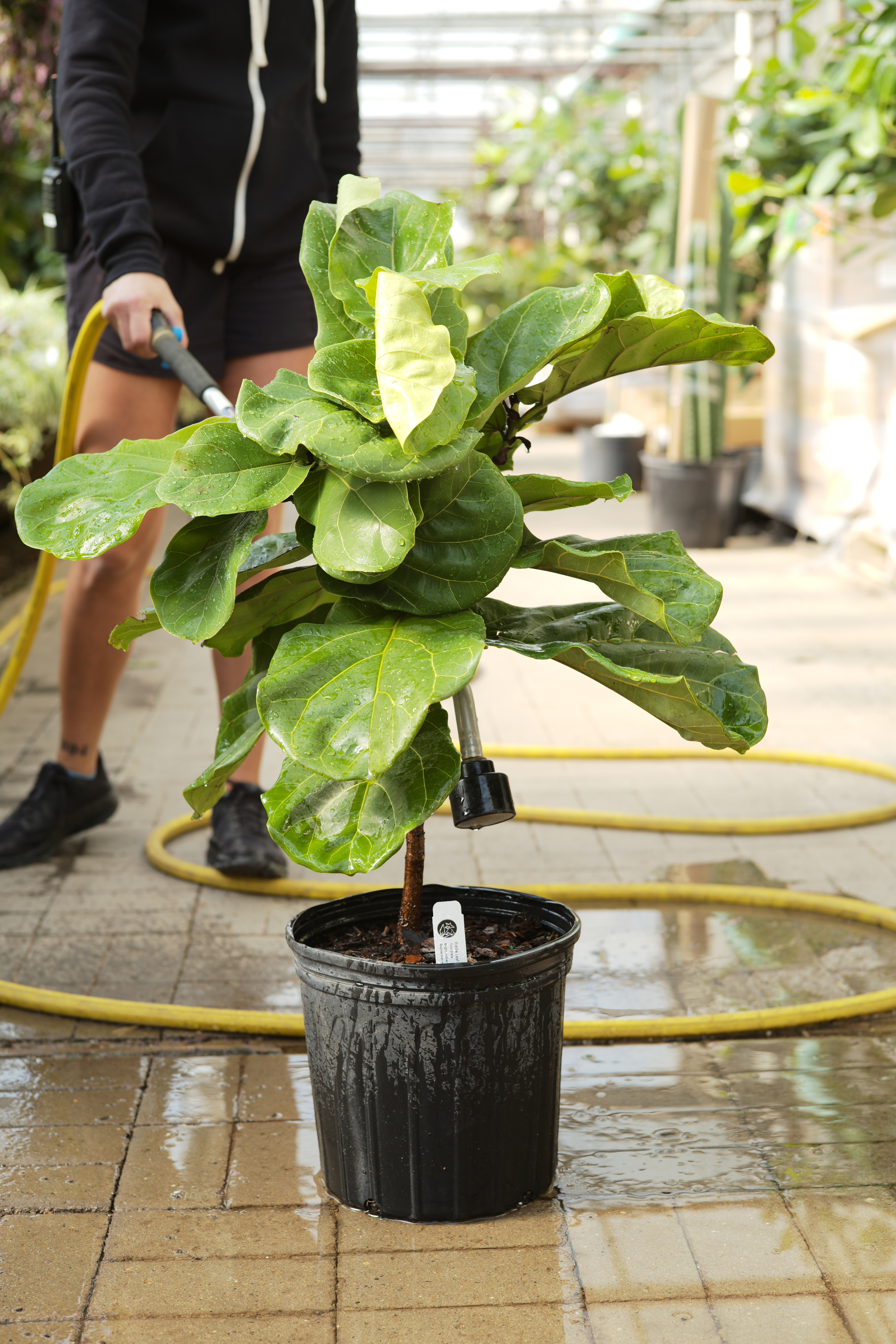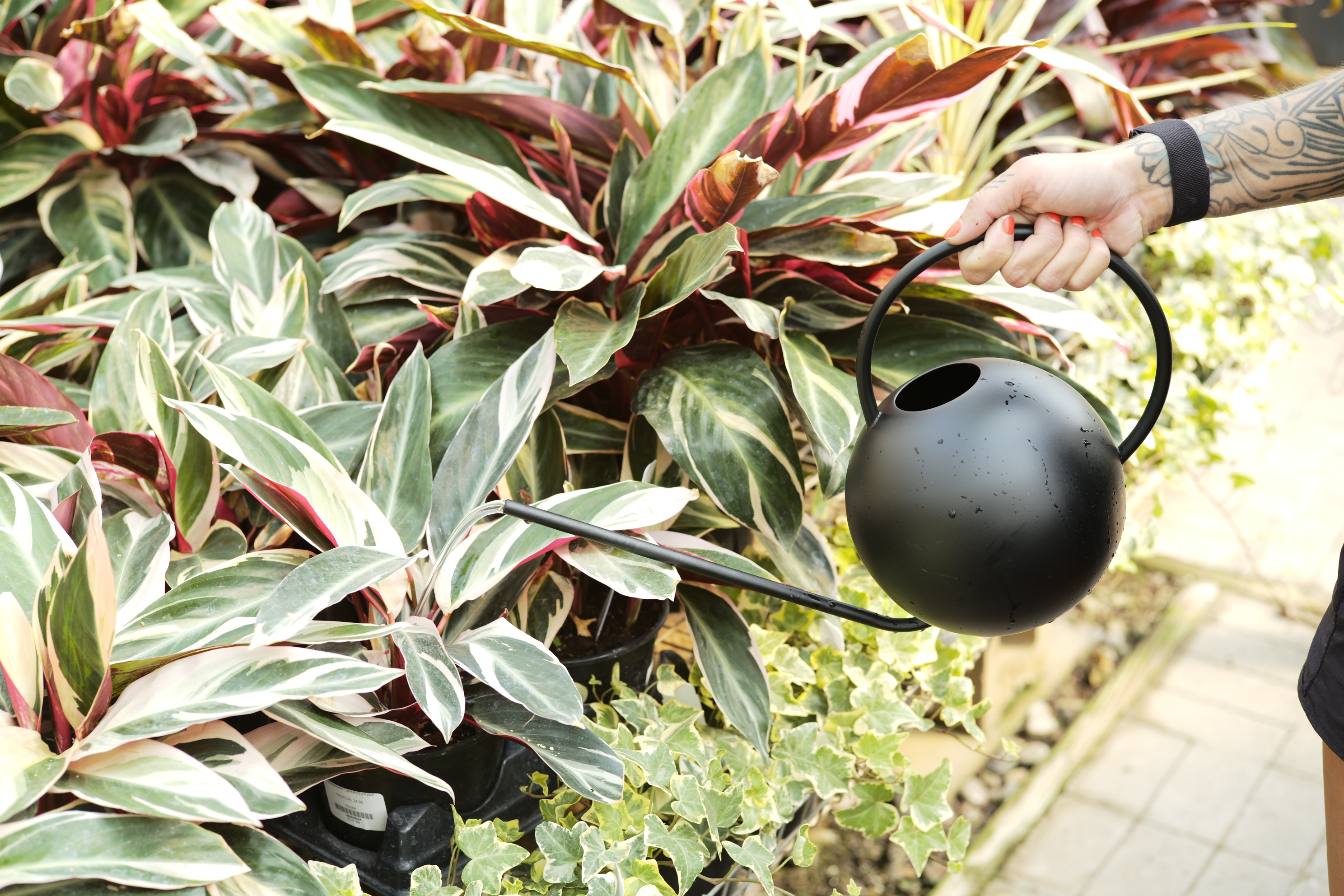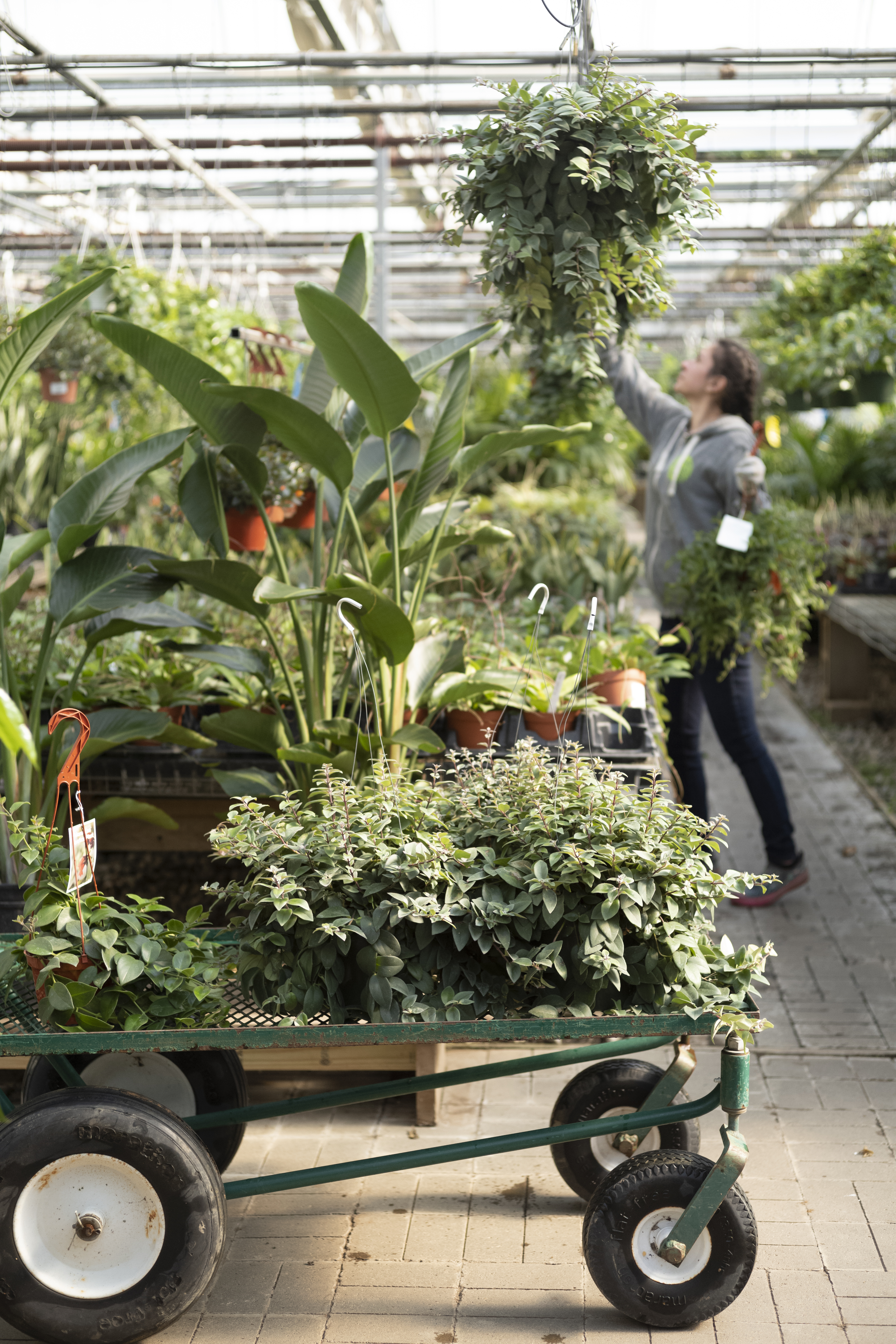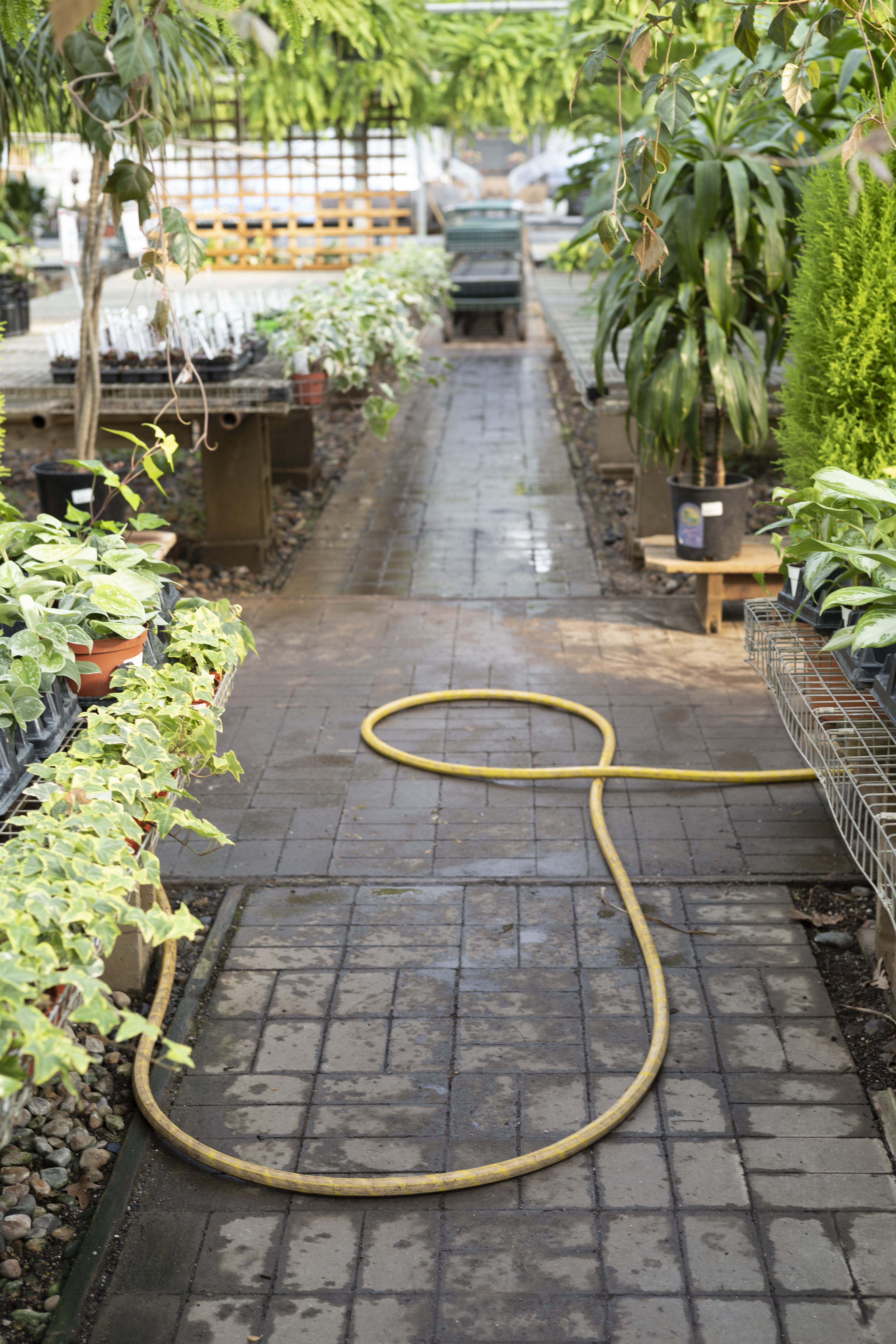Houseplant Watering Best Practices
Posted by Megan Nichols on Oct 9th 2020
Water, along with light, is vital to plant health and survival (knowing this is the easy part). Knowing how and when to water can sometimes be daunting and one of the trickier aspects of plant parenting.
Before we dive into watering details, let’s talk about what water does for plants and why it’s so important. Here we go with some basic biology. Plants, like people, have cells. For plants, water fills those cells, causing them to become rigid and allowing plants to maintain their structure. Water also helps nutrients and minerals move throughout plant parts and keeps them from becoming too warm. Water transpires through the leaves of plants, allowing it to go where its most needed. This is called translocation. Fancy!
There are two basic parts to good watering practices: how and when. Understanding each is important to maintaining healthy plants.

How to water (and how much)
A common question about watering is how much to water each time. Really, no matter what plant you’re watering, the answer to this question remains the same. Plants should always be watered thoroughly, until water runs through the drain holes and the soil is hydrated all the way through. It’s best to water in the sink and let the plant drain, or let it drain into a saucer and dump any excess water that collects after a couple hours.
If the soil is extremely dry, it may pull away from the sides of the container, in which case the water will run off the top, down the sides, straight out the bottom, and the soil won’t retain any of it. Aerating is a quick and easy solution. Just poke a few holes in the top of the soil, going about halfway down the container (a pencil will work just fine for this). Water will fill the holes, moisten the soil, and become available to the plant.

When to water
There are a few things to consider when determining when to water a plant.
What does the plant want? Consider its natural environment. If it’s a fern or it came from a tropical region, it likely wants consistently moist soil (but not soggy). If it’s a high water plant check the soil often, a couple times a week minimum, for moisture content. If the soil is dry an inch down, water through, let drain. If it’s a cactus or succulent, let the soil dry completely between watering, a month may pass before the plant needs water again.
How much light is the plant receiving? Sansevieria in a low light environment may only need to be watered once a month. But Sansevieria can also handle bright light, and may need water more frequently in that environment.
Is the plant actively growing or dormant? Check for watering needs more frequently in spring and summer when the plant is working to put on new growth and growing more plant parts that need water. Pull back on watering in fall and winter when the plant is essentially dormant and not taking up as much water.
How big is the container? The amount of soil in the container in comparison to the size of the root ball is important. If the container is large, and the root ball only takes up about half the amount of the container, the soil will dry more slowly. If the container is small, or the root ball consumes most of the sloil, it will dry more quickly.
How humid is the environment? Plants growing in the bathroom or kitchen, or near a humidifier, will dry out less quickly than plants in close proximity to a heating vent. The exact same type of plant grown in two different locations may have different watering needs.
Part of best watering practices includes recognizing when something isn’t quite right with the plant’s hydration. The easiest way to recognize issues is to understand what the plant wants, what it should look like, and be checking often. Keep in mind, too, that plants can be overhydrated and exhibit some of the same symptoms as being too dry, such as wilting. Always gauge the moisture level of the soil with your finger before just watering. It may be that the plant actually needs to dry down.

Additional tips and tricks
Don’t try to water your plants on a schedule. You can schedule when to check them for water, but they may or may not need it, so be prepared to water only when and if the plant needs it.
Check plants for moisture by sticking your finger into the soil. For many plants, when the top two inches of soil is dry, it’s time to water.
Water temperature matters. Plants prefer room temperature, or tepid (lukewarm) water. Additionally, some plants can be sensitive to additives in city water, so fill a pitcher of water the night before you plan to use it and leave it on the counter. It will come to room temp and any additives will dissipate.

Happy plant hydrating!

